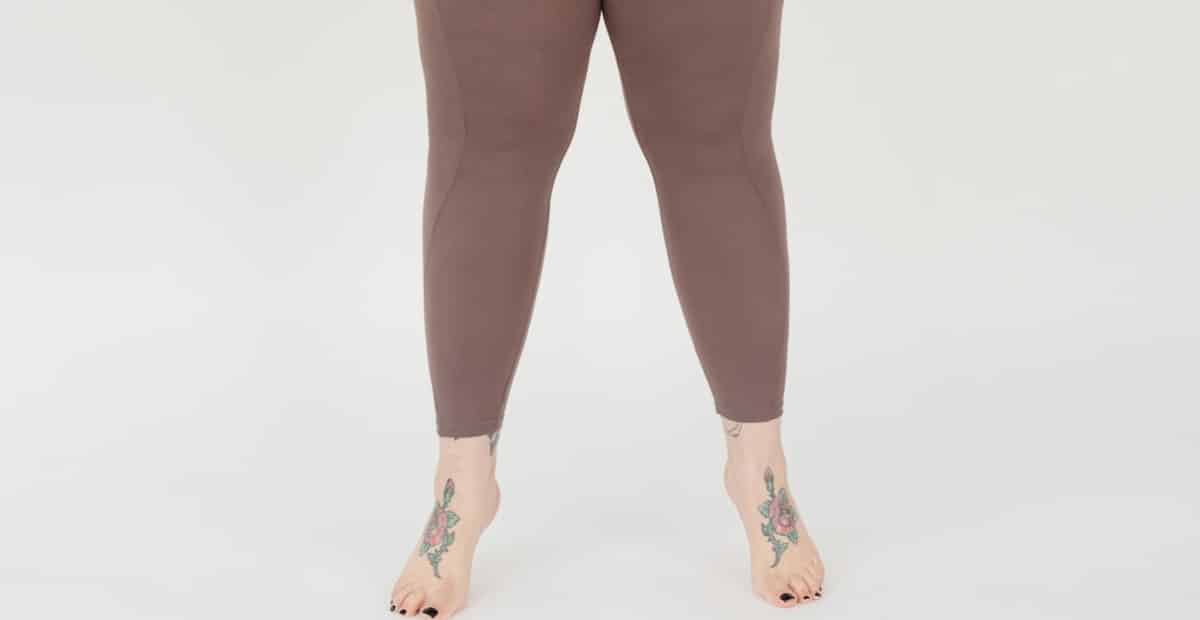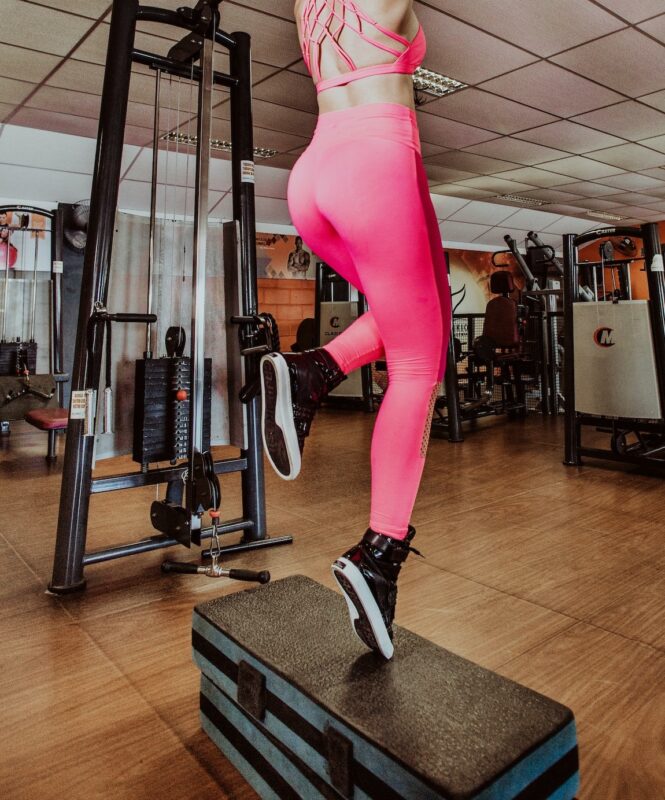
Contents
Using calf raises from a seated technique like a seated calf raise to standing calf raises and other variations
Up, down, up, down. That’s often all people really think of when it comes to working out. In reality, there are so many different approaches, variations, exercise routines and schedules you can employ that those people are very, very wrong.
However, you may be excused when it comes to one exercise. Calf muscles follow a pretty linear movement and, of course, help you with a pretty obvious yet important motion. This is why calf raises take precedence when it comes to calf muscle routines. Calf exercises are reasonably limited because the movement of the muscle is reasonably limited. But that doesn’t mean you can’t work on them and work on them effectively.
From seated calf raises to other subtle calf raise variations, we’re going to take a look at some killer exercises for killer calves.
Let’s do it.
The weighted calf raise
Calf raises are pretty simple. You want to shift your body weight onto your toes, lift and then repeat the action for as many reps as you feel necessary. But why not add a little weight to boost hypertrophy and progressively overload as you should when lifting?
Calf raises can be a little limited in variety so make sure you’re making the most out of what you have.
Raised calf raise
Having a greater range of motion promotes time under tension and hitting the full muscle. This means you’re more likely to grow that muscle in its entirety and mass-per-set. Your calf, or the gastrocnemius, just like any muscle, will benefit from a higher range of motion. If you want to truly reinforce your calves then make sure you’re factoring this into your workout routines.
Bent knee flexion
Making sure your knees are bent will switch the tension from the gastrocnemius muscle to the soleus muscle, targeting the smaller but no less important calf area. It’s vital to target as much of the calf as possible in order to grow it properly and give you maximal strength when running or working out.
Single leg calf raise
When doubling up actually becomes easier, it’s probably worth adding some challenge. With two legs, your calves are performing equal distribution reps. With one, however, you’re boosting ankle stability, Achilles tendon strengthening, and general calf muscle ability by adding more load. Simple.


Conclusion
The standing calf raise is a classic for a reason, and near on every single workout would benefit from their strengthening. Whether you work one or two muscles, incorporate compound movements like box jumps, or work on proper form for a while, you’re only doing good by engaging in these exercises.
Get to it.
FAQs
Is the correct starting position vital?
For both muscle growth and risk reduction, any exercise should be done with the correct starting position.